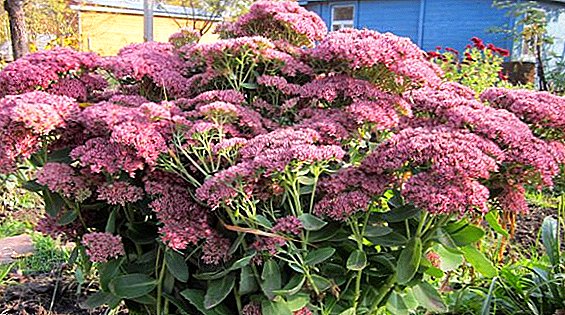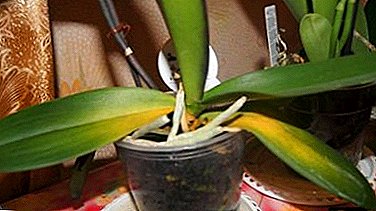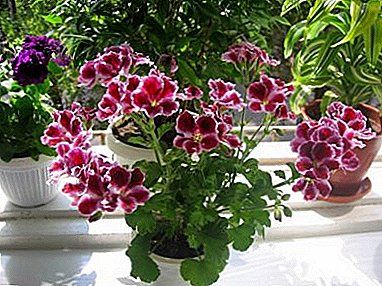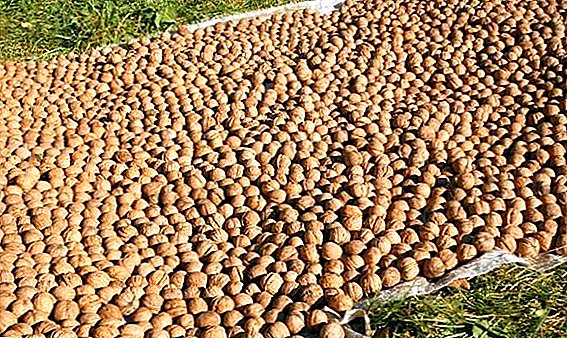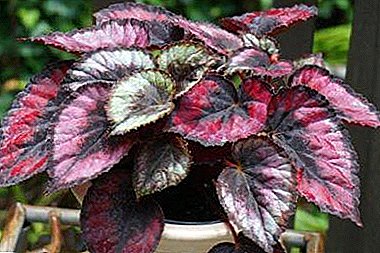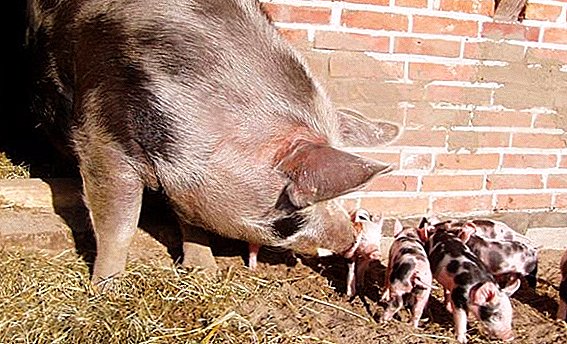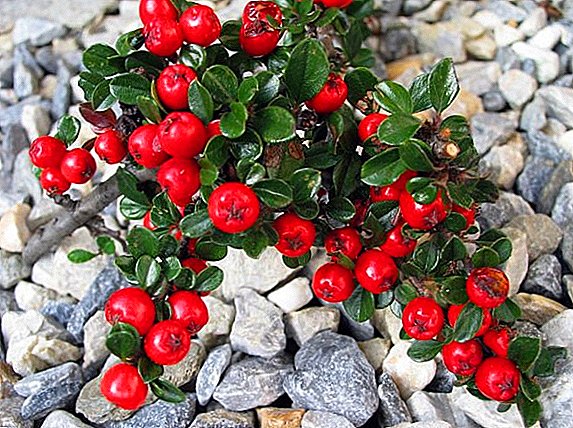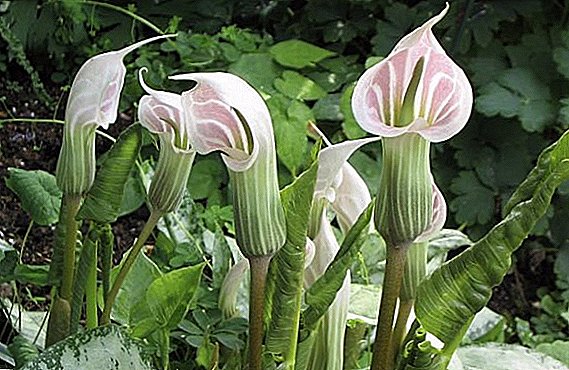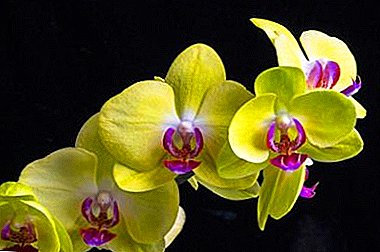
Among the huge number of orchids yellow look stands out attractiveness and originality. This variety belongs to the hybrid species. It is convenient to grow it at home, but it is worth taking note of some tips about caring for the plant - this will avoid unnecessary problems with growing a flower. You will read the description and see photos of lemon-colored plants with speckles and other external features.
Description
Yellow orchid called phalaenopsis. This name she received because of its similarity of a flower to a moth. For this variety is characterized by prolonged flowering. Pleasantly smelling flowers have broad leathery honey-colored petals of a cylindrical shape. Sepals located in the middle come in various shapes. Phalaenopsis room - this is a small plant with a peduncle, grows about 0.5 m in height. With good care, it blooms for up to six months.
Varieties and their photos
All varieties of yellow orchids have the same structure:
- rhizomes;
- stems;
- outlets.
They differ in shades of flowers, sizes and arrangement of petals in inflorescences.
Autumn wind

In Autumn Wind, the side petals of the flower, called petals, are light. And the petals of the upper and lateral sepals, having the name of sepals, are of dark color. Flowers reach a size of 8 cm. Anthura Gold has pure yellow flowers with a darker core.. Grows up to 5 cm.
Amadeus

The variety has bright yellow flowers, whose sepals and petals are geometrically located exactly. They have the right shape. The socket has poorly developed petals and a brighter color. Flowers grow in sizes no more than 7 cm.
Amalfi

Sepals and petals of the variety have a pronounced yellow color, and the lips of the petals may have a dark pink or purple hue.
Autumn sun

Bright colorful flowers blooms orchid Autumn Sun. Toward the middle, purple and pink blotches are located on the yellow petals and sepals, and their center becomes larger. Flowers grow 5 cm in size.
Breeding history
Phalaenopsis is considered the birthplace of the tropical lands of Southeast Asia.
Although the current name of the flower was in the 19th century. He was given by Karl Blume, director of the Leiden Botanical Garden.
Today, one of the Ansellia species - africana is very popular due to its colorful coloring.. This leopard orchid with yellow flowers in red spots became popular after Zulu guys stuck its leaves on their shoulders.
Step by Step Growing Instructions
In order for the yellow orchid to grow well and blossom it is necessary to adhere to some rules.
Care
 This flower does not need to be put on the window-sills of the eastern and southern windows, because burns may appear on its leaves. The plant must be protected from direct sunlight. The optimum temperature for normal development in the summertime is + 25 ° С ... + 30 ° С, in winter - + 20 ° С ... + 25 ° С. If it drops to + 10 ° С ... + 15 ° С, the orchid may die.
This flower does not need to be put on the window-sills of the eastern and southern windows, because burns may appear on its leaves. The plant must be protected from direct sunlight. The optimum temperature for normal development in the summertime is + 25 ° С ... + 30 ° С, in winter - + 20 ° С ... + 25 ° С. If it drops to + 10 ° С ... + 15 ° С, the orchid may die.
Phalaenopsis does not need frequent watering, enough 2 times a week. It is advisable to pour water into the pan or put the pot in the basin with warm water for 1-1.5 hours. The flower likes to be watered. Such a shower is needed in order to wash away the dust from it. You can not do this during flowering.
It is forbidden to remove aerial roots, because they take part in photosynthesis and absorb moisture from the air. Phalaenopsis is best suited for the soil, which consists of tree bark and moss.
Important! If a yellow orchid gets a silver color, it means that it lacks moisture, and the appearance of a brown tint indicates an excess of water. As a result, the roots of the plant rot.
Top dressing
Phalaenopsis needs feeding. It is necessary to use drugs Zircon or Heteroauxin. They are good root system stimulants. Make them necessary only during watering. Top dressing is carried out once a month, and during flowering twice.
Transfer
If the plant is healthy, then it does not need a transplant. But flower growers recommend every 4 years to change the ground, because over time it becomes rotten.
- The roots, which are closely attached to the pot, must be carefully pushed aside, as the damage inflicted often leads to decay.
- After the orchid can be pulled out of the pot, you need to wash the roots, remove the dried ones.
- Fresh soil is not necessary to tamper. The soil should be loose.
- At the bottom of the pot should be a drainage layer, which is used as charcoal.
Spring is considered the most favorable period for transplanting yellow orchids. This time is the phase of its active growth. It is not recommended to repot the plant during its flowering period, as in this case it resets the flowers.
Breeding
Yellow orchids do not divorce shoots, because they are very rarely tied, if tied, then small size and do not germinate further.
For reproduction use the method:
- socket divisions;
- rooting babies;
- grafting.
Consider in detail:
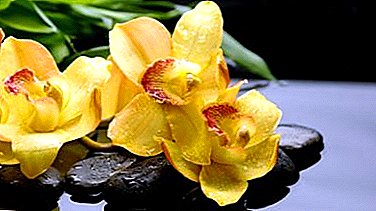 The breeding method by dividing the rosette is used if the bushes are large and strong. The plant is cut with a pruner. Damaged roots should be powdered with coal powder so that they do not rot.
The breeding method by dividing the rosette is used if the bushes are large and strong. The plant is cut with a pruner. Damaged roots should be powdered with coal powder so that they do not rot.- In order to propagate the orchid children, it is recommended to increase the light day. You also need to create a difference between day + 28 ° C ... + 30 ° C and night + 18 ° C ... + 20 ° C temperature. Humidity should be 70% or higher. These manipulations contribute to the formation of children on the peduncle and the axils of the leaves of the maternal rosette. Then the baby is separated, sections are processed, the days are dried and planted in the prepared soil.
- The method of grafting is to cut the shoots into pieces. On each seedling received, there must be a kidney, the cuts must be processed with crushed coal. Then they are placed in greenhouse conditions with a temperature of + 25 ° C and high humidity. You need to wait until 2 leaves and 3-5 centimeters of roots appear.
Attention! Drying of part of the peduncle is considered normal, as is the feeding of a young plant. Before the cutting is to be planted, you need to carefully separate the dead tissue, and plant the planting material in the prepared ground.
Pests and diseases
Most often, yellow orchids are striking:
- Mealy dew. This is when a white film appears on the flower, resembling a spider web. The reason is very high temperature and high humidity.
- Rot. It results from heat and mechanical damage.
- Black fungus. When it appears on the plant black film. This selection of worm, thyroid and aphids.
- Bacterial spotting. In this case, the leaves begin to rot and become wet spots.
Phalaenopsis can also affect pests such as nematodes - small worms, attacking leaves and roots, as well as spider mites. The latter feeds on the sap of the plant; cobwebs and punctures remain at its place of residence. To combat them, special preparations are used. Those parasites that are visible, must be collected by hand.
In order to grow a yellow orchid at home, it is necessary to create suitable conditions for it. This picky flower is very responsive to care. With the right content, phalaenopsis will gorgeous bloom every year..


 The breeding method by dividing the rosette is used if the bushes are large and strong. The plant is cut with a pruner. Damaged roots should be powdered with coal powder so that they do not rot.
The breeding method by dividing the rosette is used if the bushes are large and strong. The plant is cut with a pruner. Damaged roots should be powdered with coal powder so that they do not rot.